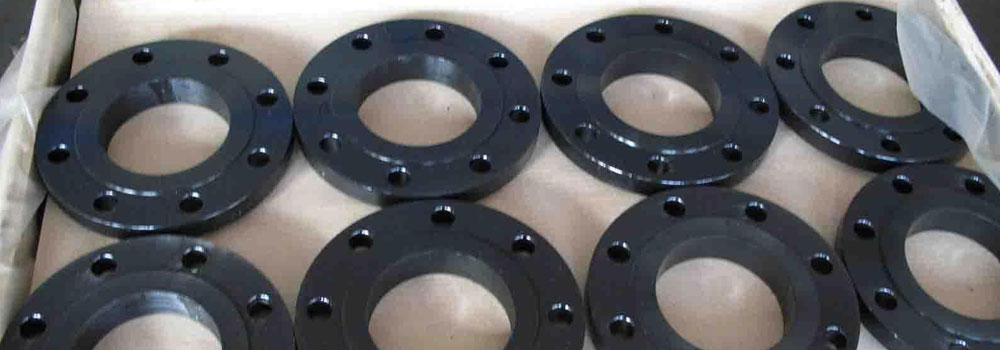Plate flanges and ring-type joint flanges are both types of flanges used in piping systems, but they serve different purposes and have distinct characteristics. Here's a comparison of the two:
Plate Flanges
- Design and Construction:
- Plate flanges are made from flat steel plates and are generally simple in design.
- They typically have a flat surface and are not intended for high-pressure or high-temperature applications.
- Applications:
- Used in low-pressure applications where the system is not subjected to significant stress or temperature changes.
- Commonly used in plumbing, waterworks, and non-critical applications.
- Installation:
- Easier to install due to their simple design.
- Generally, do not require precise alignment.
- Cost:
- Less expensive due to their simple construction and materials.
- Cost-effective for non-critical applications.
- Sealing:
- Relies on gaskets for sealing between the flange surfaces.
- Suitable for applications where leakage is not a critical concern.
Ring-Type Joint (RTJ) Flanges
- Design and Construction:
- RTJ flanges have a groove cut into their faces which holds a metal ring gasket.
- Designed to withstand high pressure and high-temperature applications.
- Applications:
- Used in oil and gas, petrochemical, and high-pressure steam systems.
- Suitable for environments where leakage prevention is crucial.
- Installation:
- Requires precise alignment and proper installation to ensure effective sealing.
- The metal ring gasket is compressed into the groove, creating a very tight seal.
- Cost:
- More expensive due to the complexity of their design and the materials used.
- Often used where the cost of failure is high due to leakage.
- Sealing:
- Provides a very reliable seal with metal-to-metal contact.
- Ideal for applications where maintaining a leak-proof seal is essential.
For More Information : https://www.pipingport.com/





Comments